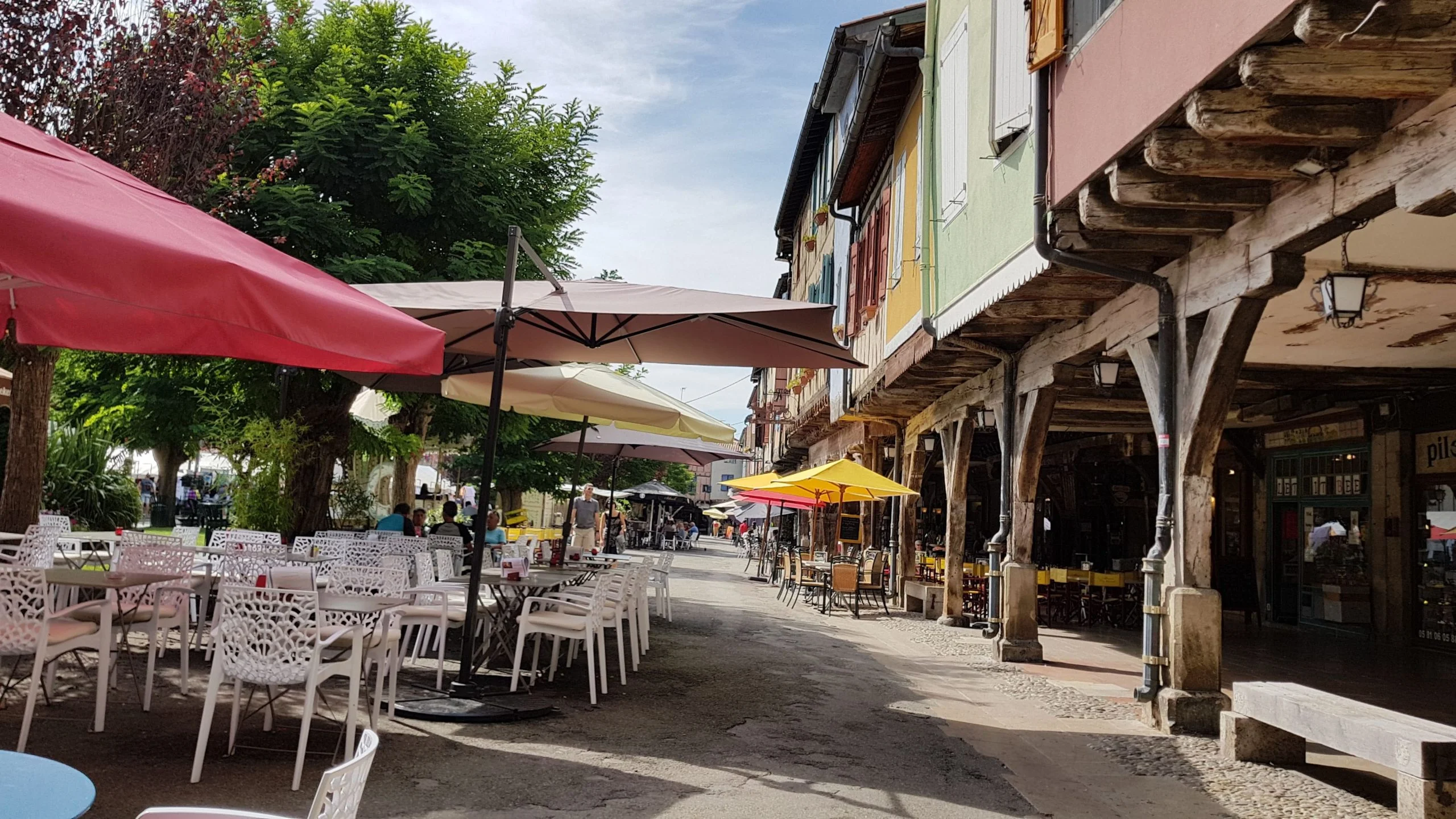In the heart of the French Pyrenees stands a majestic fortress that has witnessed centuries of history unfold. Its towering stone walls and breathtaking views have captivated visitors from around the world, drawing them into a realm of enchantment and intrigue. This is the Château de Montségur, a timeless testament to the resilience of the human spirit and a living reminder of a turbulent past. As you step foot within the castle’s grounds, you can’t help but feel a sense of awe and wonder. The air is thick with the whispers of forgotten tales, and the ancient stones seem to whisper secrets of days gone by. It is said that the Château de Montségur was built in the 13th century, a time when knights and nobles roamed the lands, and the promise of adventure was ever-present. But it was during the tumultuous years of the Cathar Crusades that the fortress truly earned its place in history. The Cathars, a religious sect deemed heretical by the Catholic Church, sought refuge within the walls of Montségur, defying the might of the Inquisition. Their resistance was met with a brutal siege that lasted for months, ultimately leading to their tragic demise. The Château de Montségur became a symbol of courage in the face of oppression, a beacon of hope that continues to inspire to this day. Join us as we embark on a journey through time, unravelling the captivating history of Château de Montségur. From its humble beginnings as a simple fortification to its pivotal role in the Cathar resistance, every stone and every story holds a mesmerizing tale waiting to be discovered. Let us delve into the depths of this enchanting fortress, where the echoes of the past still reverberate, and the spirit of defiance lingers in the air.
The Cathar Crusades: A Time of Turmoil and Conflict
The 13th century was a time of great turmoil and conflict in Europe. It was during this period that the Catholic Church launched a crusade against the Cathars, a religious sect that had gained popularity in southern France. The Cathars held beliefs that were considered heretical by the Church, and their growing influence posed a threat to its authority.
The Cathar Crusades were marked by violence and bloodshed as the Church sought to eradicate the Cathar movement. Inquisitors were sent to root out heresy, and those found guilty were often subjected to torture and execution. The crusade reached its peak in 1244 with the siege of Montségur, where hundreds of Cathars made their last stand against the forces of the Inquisition.
The siege of Montségur was a brutal affair that lasted for months. The fortress was well-fortified and provided a safe haven for the Cathars, who had sought refuge within its walls. Despite being vastly outnumbered, they put up fierce resistance, refusing to renounce their beliefs even in the face of certain death.
Ultimately, however, Montségur fell to the Inquisition. The surviving Cathars were given an ultimatum: renounce their faith or be burned at the stake. Over 200 chose martyrdom, willingly walking into the flames rather than betraying their convictions.
Seeking Refuge: The Cathars and the Château de Montségur
Château de Montségur played a pivotal role in the history of the Cathar movement. As persecution intensified, many Cathars sought refuge within its walls. Situated on a rocky outcrop high in the Pyrenees mountains, it offered a strategic location that made it difficult for attackers to breach.
The fortress became a symbol of resistance and defiance, as the Cathars held out against the forces of the Inquisition. They believed that Montségur was a place of spiritual significance, and its walls provided them with a sense of protection and sanctuary.
Life within the castle was not easy during the siege. Supplies were limited, and conditions were harsh. Yet, the Cathars remained steadfast in their beliefs, finding solace in their faith and drawing strength from one another.
The Fall of Montségur: Tragedy and Triumph
Despite their valiant efforts, the Cathars at Montségur could not hold out indefinitely. The Inquisition’s forces gradually wore them down, cutting off their supplies and launching relentless attacks on the fortress.
In March 1244, after months of siege, Montségur finally fell. The surviving Cathars faced a grim choice: renounce their beliefs or face execution. Many chose martyrdom, embracing death rather than betraying their faith.
The fall of Montségur marked a turning point in the Cathar Crusades. While pockets of resistance remained throughout southern France, the loss of Montségur dealt a significant blow to the movement. The Inquisition’s power grew stronger, and the Cathar presence dwindled over time.
The Legacy of Montségur: Inspiring Courage and Defiance
Today, Château de Montségur stands as a testament to the courage and resilience of those who fought for their beliefs. It serves as a reminder that even in times of great adversity, there is strength to be found in standing up for what is right.
The legacy of Montségur lives on, inspiring generations to embrace their convictions and challenge the status quo. The fortress has become a symbol of resistance against oppression and a beacon of hope for those who seek justice and freedom.
Visitors to Montségur can explore its ancient walls, walk in the footsteps of the Cathars, and pay tribute to those who made the ultimate sacrifice. The fortress stands as a powerful reminder of the human capacity for courage and defiance, a timeless monument to the indomitable spirit of the Cathars.
As you stand atop Montségur’s ramparts, gazing out at the breathtaking landscape below, take a moment to reflect on the history that unfolded within these walls. Let it serve as a reminder that even in our modern world, there are battles still worth fighting, and there is strength to be found in holding true to our convictions.










